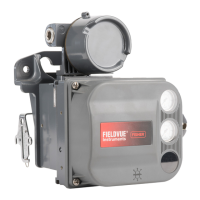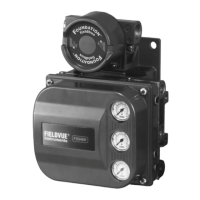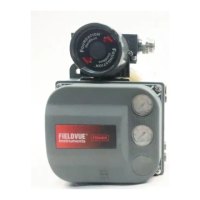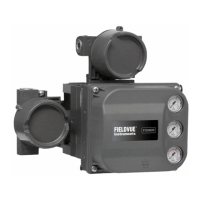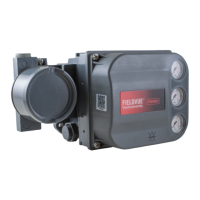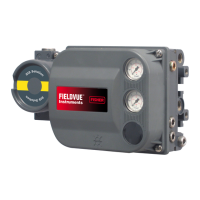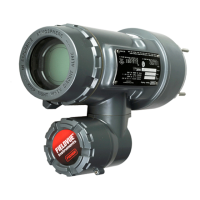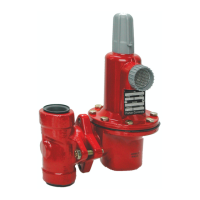FOUNDATION fieldbus Communication
March 2006
A-7
Figure A-4. Scheduled Data Transfer
B2713-1 / IL
LAS
DT(A)
Device X Device Y Device Z
CD (X, A)
LAS=Link Active Scheduler
P=Publisher
S=Subscriber
CD=Compel Data
DT=Data Transfer Packet
Schedule
X
Y
Z
B
PPPSSS
CD
AAA
Host System
group addressing and for use by the data link layer. If
there are two or more devices with the same address,
the first device to start will use its programmed
address. Each of the other devices will be given one of
four temporary addresses between 248 and 251. If a
temporary address is not available, the device will be
unavailable until a temporary address becomes
available. Commission devices use addresses 20−35,
and standby devices use addresses 232-247.
Link Active Scheduler (LAS)
There is only one active Link Active Scheduler (LAS)
for the entire fieldbus control system. The digital valve
controller does not include an LAS. The Link Active
Scheduler operates as the bus arbiter for the link, and
recognizes and adds new devices to the link.
removes non-responsive devices from the link.
distributes Data Link (DL) and Link Scheduling
(LS) time on the link. Data Link Time is a network-wide
time periodically distributed by the LAS to synchronize
all device clocks on the bus. Link Scheduling time is a
link-specific time represented as an offset from Data
Link Time. It is used to indicate when the LAS on each
link begins and repeats its schedule. It is used by
system management to synchronize function block
execution with the data transfers scheduled by the
LAS.
polls devices for process loop data at scheduled
transmission times.
distributes a priority-driven token to devices
between scheduled transmissions.
Other devices may have the capability to act as a
backup LAS, if for some reason the current active LAS
fails or is removed from the segment.
Only one device can communicate at a time.
Permission to communicate on the bus is controlled by
a centralized token passed between devices by the
LAS. Only the device with the token can communicate.
The LAS maintains a list of all devices are a member
of the bus. This list is called the “Live List”.
Two types of tokens are used by the LAS. A
time-critical token, compel data (CD), is sent by the
LAS according to a schedule. A non-time critical
token, pass token (PT), is sent by the LAS to each
device in numerical order according to address.
Device Communication
Scheduled Transfers
Information is transferred between devices over the
fieldbus using three different types of communication:
Publisher/Subscriber: This type of
communication is used to transfer critical process loop
data, such as the process variable. The data
producers (publishers) post the data in a buffer that is
transmitted to the subscriber (S), when the publisher is
issued the Compel Data (CD) message from the LAS.
The buffer contains only one copy of the data. New
data completely overwrites previous data. Updates to
published data are transferred simultaneously to all
subscribers in a single broadcast. Transfers of this
type are scheduled on a precisely periodic basis.
A
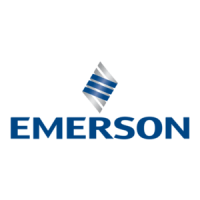
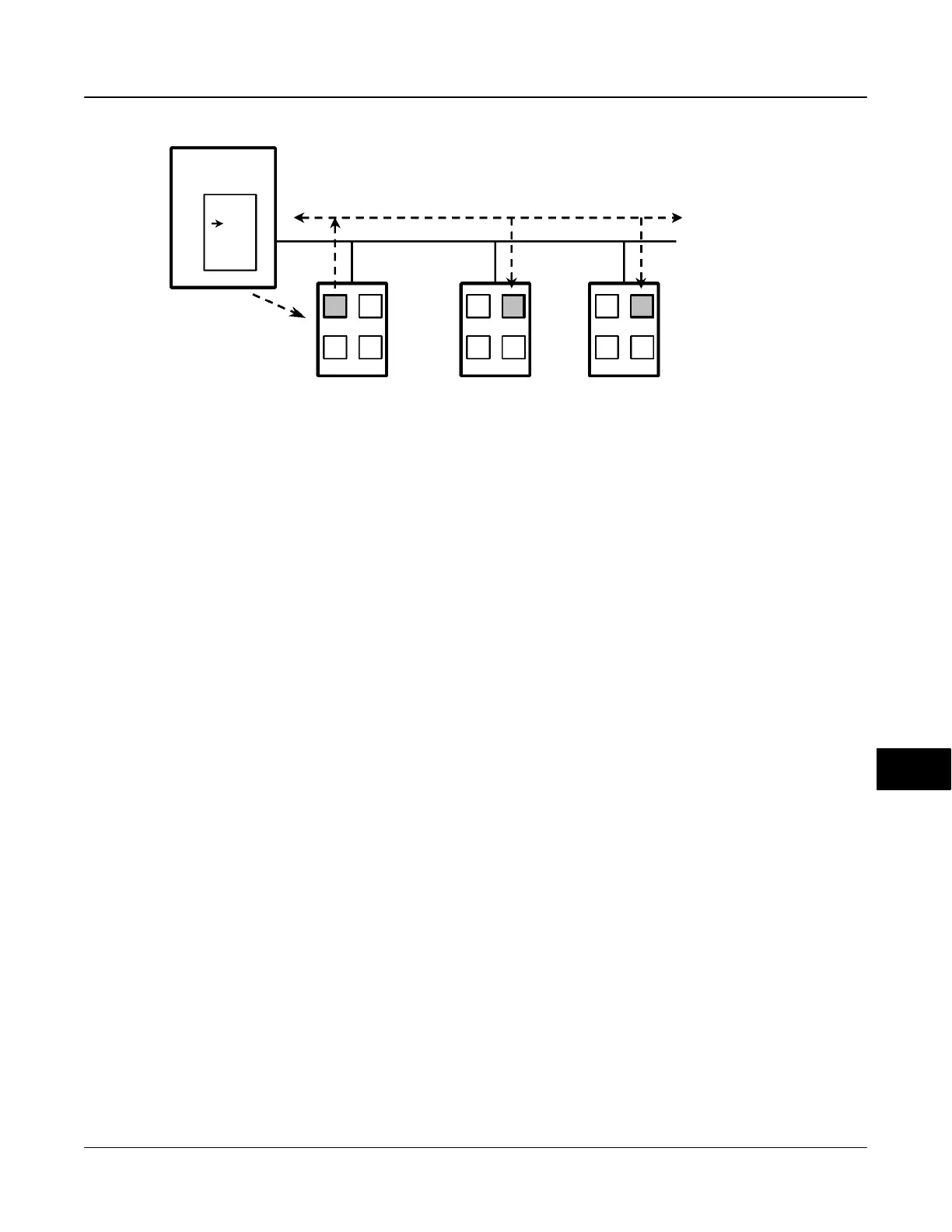